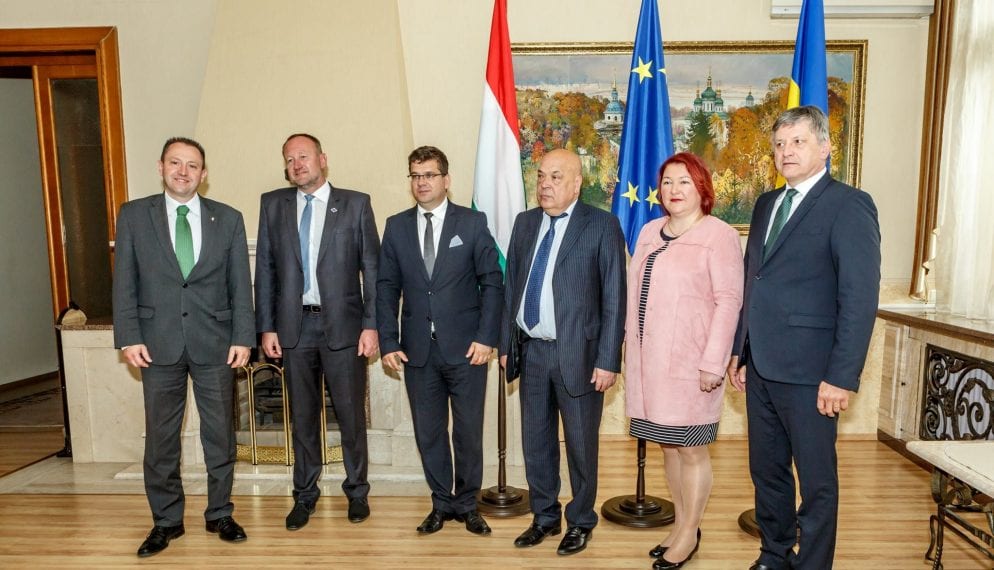
Hungarian-Ukrainian border regions present their strategy for cooperation
2017. 05. 31.
The first European Grouping for Territorial Cooperation (EGTC) with a country from the European Union’s Eastern Partnership – Ukraine – took an important step forward on 26-27 May, when members of the recently formed Tisza EGTC presented their strategy for cross-border cooperation in the Carpathian region to members of the Ukrainian and Hungarian governments, representatives of European Union institutions, the business community and civil society. The aim of the forum, , which was held in the Ukrainian city of Uzhgorod, was to highlight the potential for investment and cultural cooperation in the region.
The European Committee of the Regions (CoR) has been instrumental in the establishment of the EGTC. The CoR acts as the EU’s registrar for EGTCs, as well as hosting the EGTC Platform, an annual gathering of politicians and experts who belong to the assemblies of existing EGTCs. In addition, the CoR provides day-to-day advice to existing and potential EGTCs, and promotes and monitors the development of EGTCs. Since 2006, 67 EGTCs have been created in border regions within the EU and with three non-EU states: Switzerland and Palestine, as well as Ukraine.
At the forum, the CoR’s representative, Petr Osvald (CZ/PES), member of Plzeň city council and the CoR’s rapporteur on the simplification of the EU’s funding for regions, stressed the need to involve the general public as much as possible and to make the new EGTC a meeting place for citizens from both sides of the border. He also emphasised the potential significance of the EGTC as an example for other regions on the EU’s eastern borders. Two other Eastern Partnership countries share a border with the EU: Belarus and Moldova.
The Tisza EGTC, which was established in the autumn of 2015, completed the drafting of its strategy in December 2016, working together with the Central European Service for Cross-border Initiative, which is associated with the European Institute in Esztergom. Among a range of objectives, the Tisza EGTC hopes to increase the integration of transport and economic networks in this Carpathian region, to ease border travel, and to enhance cooperation in environmental management of the River Tisza.
The Tisza EGTC signed a cooperation agreement with the Hungarian ministry for national development at the forum.
The EU allowed the formation of EGTCs in 2006, giving two or more countries in a border region legal rights and responsibilities to bring together political leaders, experts and civil-society organisations to develop cross-border projects and plans. In addition to supporting international integration efforts, EGTCs allow border regions to overcome administrative constraints.
European Committe of Regions
https://portal.cor.europa.eu/egtc/news/Pages/egtctisza.aspx